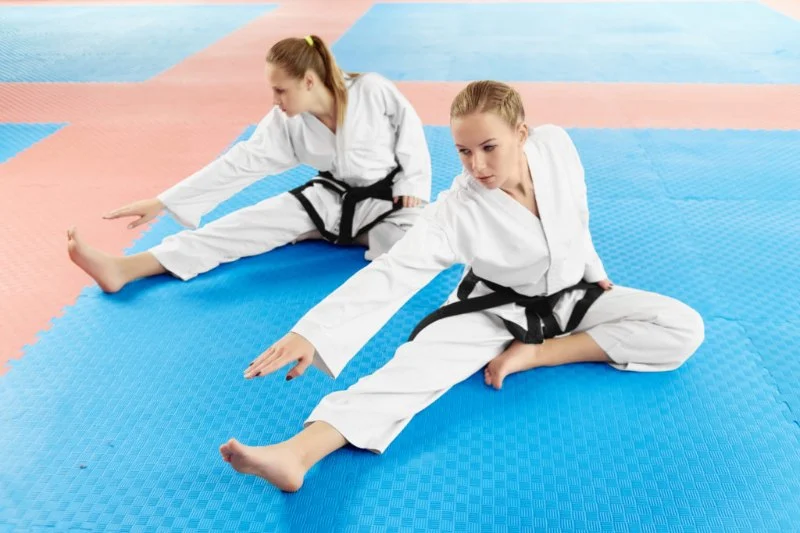
The Importance of Cool-Down Stretches After Tae Kwon Do Practice
- Why Cool-Downs Are Crucial
- The Benefits of Cool-Down Stretches
- How to Perform Effective Cool-Down Stretches
- Common Mistakes to Avoid After Practice
- Incorporating Cool-Downs Into Your Training Routine
1. Why Cool-Downs Are Crucial
After an intense Tae Kwon Do (TKD) practice, it’s easy to feel the adrenaline and energy coursing through your body, making it tempting to skip the cool-down phase. However, taking the time to cool down after a training session is essential for both your immediate recovery and long-term performance. Skipping this crucial step can lead to muscle stiffness, delayed recovery, and a higher risk of injury.
Cool-down stretches help the body transition from high-intensity activity to a state of rest. During Tae Kwon Do, muscles are constantly engaged in powerful movements, including kicks, punches, and blocks, all of which require significant force. Without proper cool-down stretches, the muscles may remain tight, and the heart rate may stay elevated longer than necessary. This can result in poor blood circulation and lead to muscle soreness, which can affect your next training session.
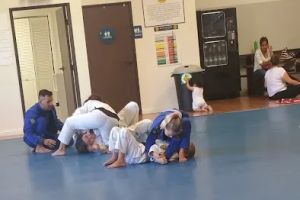
Gracie Humaita Hemet / gracie humaita hemet
HemetRiverside CountyCalifornia
2164 E Florida Ave, Hemet, CA 92544, USA
2. The Benefits of Cool-Down Stretches
Cool-down stretches offer a variety of benefits, both physical and mental, that can improve your overall performance in Tae Kwon Do. Here are a few key advantages:
- Enhanced Flexibility: Consistent stretching helps increase the length and elasticity of muscles, which can improve your flexibility. This is especially important in Tae Kwon Do, where flexibility is key to executing high kicks, quick movements, and powerful strikes.
- Injury Prevention: Stretching helps to alleviate muscle tightness and reduce the risk of strains or sprains. By cooling down properly, you allow muscles to relax and recover, minimizing the chance of overuse injuries that could sideline your training.
- Reduced Muscle Soreness: The process of cooling down increases blood circulation, which helps to flush out toxins such as lactic acid that build up in muscles during intense exercise. This aids in reducing muscle soreness and speeds up recovery, allowing you to feel more refreshed for your next training session.
- Improved Mental Focus: Just as physical flexibility improves with cool-down stretches, mental flexibility also benefits. A focused and calm mind is crucial in martial arts, and taking time to cool down allows you to mentally unwind and maintain focus for future practice.
3. How to Perform Effective Cool-Down Stretches
Performing cool-down stretches after Tae Kwon Do practice doesn’t have to be complex. However, it’s important to include stretches that target the key muscles used during your training. Here’s how you can perform effective cool-down stretches:
- Static Stretches: Focus on holding each stretch for 15 to 30 seconds. Some key stretches to include are:
- Hamstring Stretch: Sit on the ground with one leg extended and the other bent. Reach for the toes of the extended leg, feeling the stretch in your hamstrings.
- Quadriceps Stretch: Stand on one leg and grab the opposite ankle, pulling it towards your glutes to stretch the front of your thigh.
- Hip Flexor Stretch: Kneel on one knee and push your hips forward to feel a stretch in the hip flexors and quads.
- Shoulder Stretch: Extend one arm across your body and use the opposite hand to gently pull it toward your chest, stretching the shoulder muscles.
- Breathing Techniques: As you hold each stretch, focus on deep, controlled breathing. Inhale slowly through your nose, hold for a moment, and exhale slowly through your mouth. This not only helps in relaxing the muscles but also calms the nervous system, aiding in mental recovery.
4. Common Mistakes to Avoid After Practice
While stretching is essential after Tae Kwon Do, there are several common mistakes that practitioners make. Avoid these to maximize the benefits of your cool-down:
- Skipping the Cool-Down: The most common mistake is skipping the cool-down altogether. This may be tempting when you’re feeling tired, but it’s an essential part of your recovery process.
- Overstretching: It’s important not to push yourself too hard when stretching. Overstretching can lead to muscle strains or ligament damage. Stretch to a comfortable point, never to the point of pain.
- Rushing the Cool-Down: Many athletes try to rush through cool-down stretches. Instead, take your time to ensure you’re stretching each muscle group adequately, holding each stretch for at least 15 seconds.
- Not Hydrating: After any workout, including Tae Kwon Do, hydration is crucial. Failing to drink water post-training can leave you feeling fatigued and slow down the recovery process.
5. Incorporating Cool-Downs Into Your Training Routine
To ensure that cool-down stretches become a regular part of your Tae Kwon Do practice, it’s important to make them a habit. Dedicate at least 5-10 minutes after each training session to performing the appropriate stretches. Incorporating cool-down stretches into your routine will not only help you recover faster but also enhance your flexibility and performance over time.
Consider scheduling a designated cool-down period at the end of every class. Whether you're training at home or in a group, setting aside time for stretching ensures that you are giving your body the attention it deserves. You might also find that you look forward to this relaxing time at the end of your training, which can help enhance your focus during more intense parts of your practice.

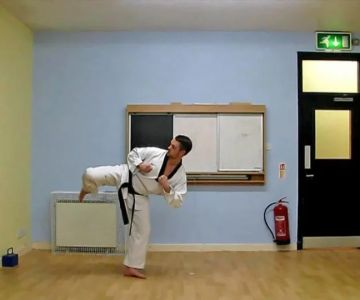
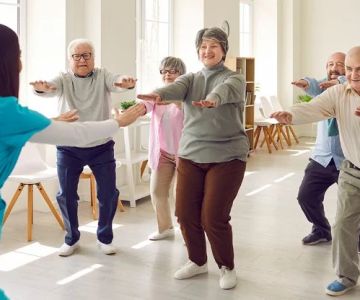
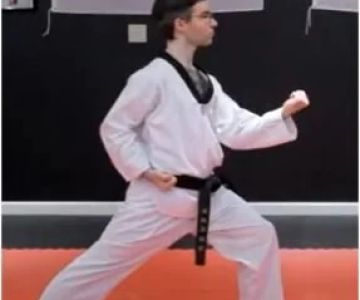
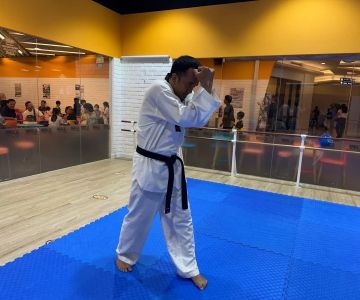
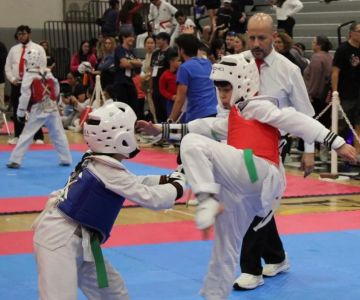
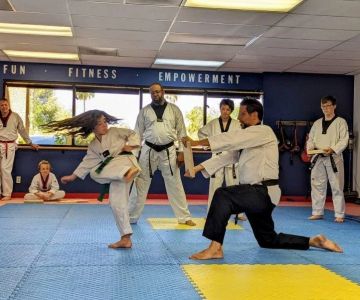
 Western Lotus Athletics & Martial Club4.0 (20 reviews)
Western Lotus Athletics & Martial Club4.0 (20 reviews) Proven Martial Arts4.0 (52 reviews)
Proven Martial Arts4.0 (52 reviews)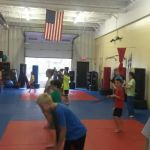 Karate International Windham4.0 (92 reviews)
Karate International Windham4.0 (92 reviews) Premier Martial Arts Mechanicsburg5.0 (35 reviews)
Premier Martial Arts Mechanicsburg5.0 (35 reviews) Karate Families5.0 (9 reviews)
Karate Families5.0 (9 reviews)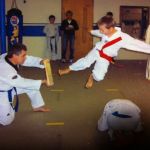 Ang's Taekwondo5.0 (3 reviews)
Ang's Taekwondo5.0 (3 reviews)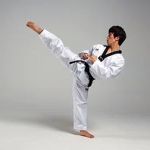 How to Execute a Jumping Roundhouse Kick to the Head
How to Execute a Jumping Roundhouse Kick to the Head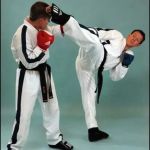 How to Execute a Double Kick Combination in Sparring
How to Execute a Double Kick Combination in Sparring How to Perform a Flawless Axe Kick: A Step-by-Step Guide
How to Perform a Flawless Axe Kick: A Step-by-Step Guide DIY Tae Kwon Do Training Equipment for Home Practice
DIY Tae Kwon Do Training Equipment for Home Practice How to Increase Your Vertical Jump for Tae Kwon Do Flying Kicks
How to Increase Your Vertical Jump for Tae Kwon Do Flying Kicks The History of the Tae Kwon Do Peace Corps
The History of the Tae Kwon Do Peace Corps